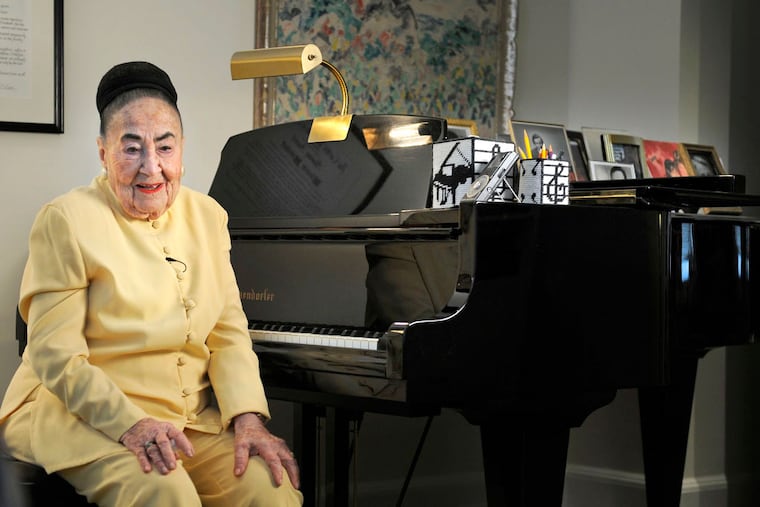Eleanor Sokoloff, 106, who taught at Curtis Institute for more than eight decades, dies
“She was an institution within the institution,” said Curtis president and CEO Roberto Díaz.

“She was an institution within the institution,” said Curtis president and CEO Roberto Díaz.
